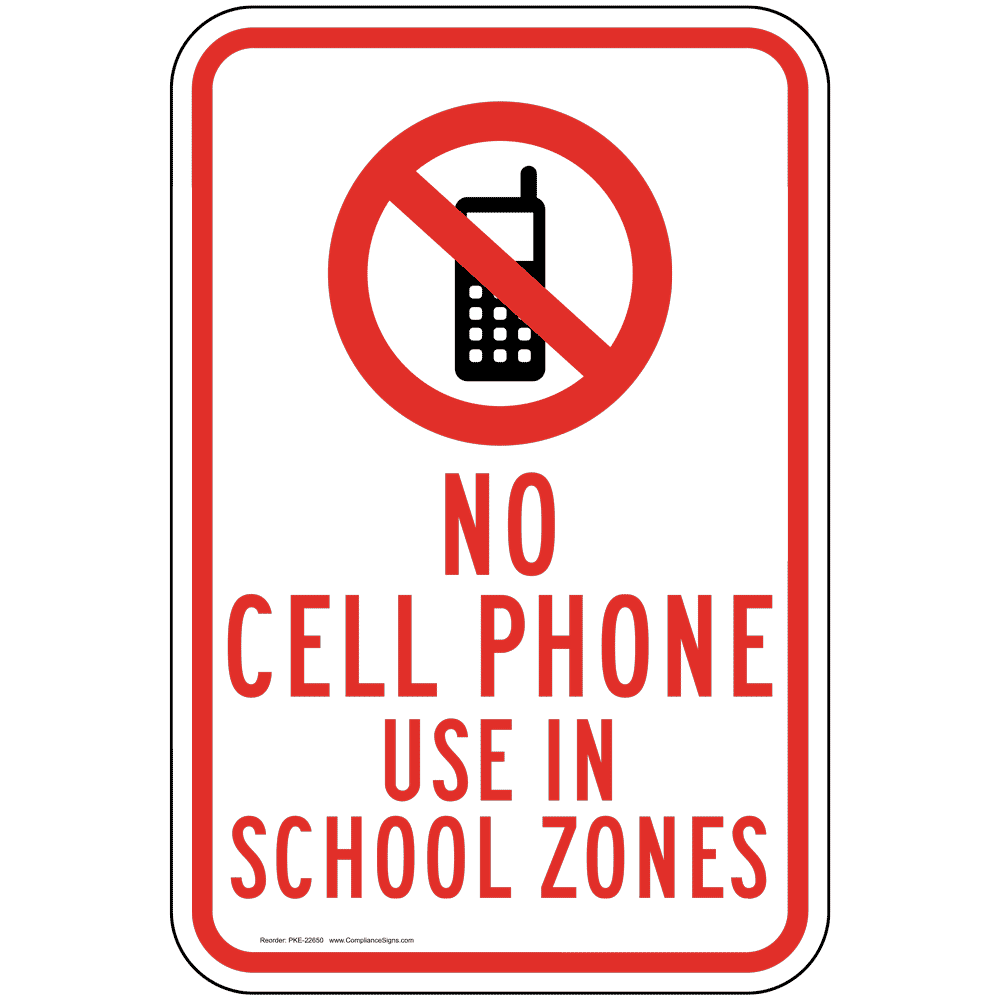In recent years, colleges and universities have seemingly put less emphasis on the SAT, and are emphasizing extracurricular activities and student resumes instead of testing. Many schools claim that the SAT gives higher-income students an unfair advantage, likely from greater access to test preparation programs, additional resources, and a more supporting testing environment.
But these same schools may be overlooking another issue: that access to extracurricular activities is just as problematic for low-income students as test scores.
Colleges have increasingly become test-optional, and now 80% of colleges are test optional according to Forbes. The schools that comprise the Ivy League, and other top state schools, are among these 80%. Admission offices first made these decisions in the face of shutdowns from COVID-19 in 2020, as well as a growing body of research that argues that the SAT gives wealthier white students an unfair advantage.
The paper “Race, Poverty and SAT scores” by researchers Ezekiel J. Dixon-Roman from the University of Pennsylvania and John J Mccardle from the University of California found the difference between high-income student and low-income test scores was twice as big for Black students . As a result, college admissions officers have put less emphasis on SAT scores and more weight on factors such as extracurricular activities.
However, many test-optional policies have the opposite effect and have even harmed applicants from low economic status. For example, Dartmouth returned to a test-mandatory policy after a study found its test optional policy actually harmed low income students and potentially discouraged them from submitting beneficial test scores for their application. According to the study, “The data suggest that, under an SAT/ACT optional policy, many high-achieving less-advantaged applicants choose not to submit scores even when doing so would allow Admissions to identify them as students likely to succeed at Dartmouth and in turn benefit their application.”
“We find ourselves missing out on some great students,” said co-author of the study and Dartmouth economics professor Bruce Sacerdote to NPR.
Many studies assert that low-income students are less likely to participate in extracurricular clubs in high school and even in college. According to the U.S Census Bureau’s Survey of Income and Program Participation (SIPP), 13.6 percent of children living below the poverty line, 20.6 percent of children living 100-199% above the poverty line and 32.2 percent of children living 200% above the poverty line report participation in clubs.
Black, Native American and Latino students are less likely to participate in extracurricular activities compared to their white and Asian counterparts. According to the Brown Center of Educational Policy at the Brookings Institute, white and Asian students report having an average of 7.43 and 7.63 extracurricular activities respectively.
Moreso, white and Asian students report having more extracurriculars than Black, Latino and Native American students, who report having an average of 5.07, 6.13 and 6.03 extracurriculars respectively.
At Rancocas Valley Regional High School, the participation gap can arguably be seen. However, many groups and policies have taken steps to close it.
National Honor Society President Ryan Haber points to the uptick of students representative of “minority groups” starting to become more involved in clubs like NHS.
There are many factors that arguably reduce low-income and minority participation in extracurricular activities. For one, many students from wealthier backgrounds have greater access to extracurricular activities than lower-income students.
Moorestown High School and Winslow Township High School are local South Jersey high schools of similar size. MHS has fewer students on free and reduced lunch (8% to Winslow’s 40%), is more homogenous (31% minority enrollment to Winslow’s 84%) and has more clubs and sports than Winslow Township (47 clubs listed on MHS’s website to Winslow’s 20). As a result, it is likely harder for students from Winslow Township to build their college resumes since their schools offer fewer extracurriculars.
There is an argument to be made that the total amount of extracurricular activities does not matter, that the same type of student would probably participate in extracurricular activities no matter how many they are available. Many RV students would do extracurriculars even If there are not as many available, including junior Derrick Greene, who claims he would still join “as many as he could” no matter the amount offered.
Extracurricular choice matters not because there are fewer clubs for students to join, but because there are fewer leadership opportunities to go around. With fewer extracurriculars, there are fewer officer positions for students to gain. More leadership opportunities are important because all races achieve similar rates of awards and leadership in the activities in which they participate, according to the Brookings Institute.
However, extracurriculars cost money. Children who have parents with stable salary positions and more disposable income have more money to spend, and these families can spend more on impressive enrichment activities than students who have parents with wage positions. According to LendingTree.com, parents spent an average of $731 per child annually on after-school activities, and six-figure parents spent $1,033.
It is not all doom and gloom for students from low-income backgrounds. Students on free and reduced lunch do not pay Rancocas Valley’s $100 activity fee, and working a paid job counts as an extracurricular activity for college admissions (and is one admissions officers like to see). Grants and scholarships are also available to those who cannot afford certain pricey extracurriculars.
Despite resources being available to help students afford certain extracurricular activities, it is still easier to be able to afford those activities in the first place.
“It is just knowing what those ways are and knowing how best to access that money,” said RV Model UN and Crochet Club advisor Mrs. Cheryl Alspach. “There are funds out there to help make things more affordable, but it is just difficult.”
Universities are going to have to take into account the access applicants have to extracurricular activities. Admissions officers should look at what an applicant is doing with the resources they have rather than the total amount of extracurricular activities they list on their resumes. Colleges should be asking the financial situation of an applicant’s family. How many clubs and sports does their school offer? Do they have parents working from home or stay at home parents that can drive them places? Could they afford the extracurricular activities other applicants have?
In today’s world of testing one day, not testing the next — as well as changes to certain aspects of the application process, like race-based determinations — colleges and universities have a greater responsibility to examine all factors that shape a student’s academic and extracurricular life, not just what they list on their resume.
















Barbara Berr • Mar 15, 2024 at 9:43 pm
This article shows how to judge a college applicant fairly. I appreciated how the financial and status of students have a major impact on their extracurricular activities and their Sat scores.
I can appreciate how tough it can be to get a fair judgement of college applicants.
steven solomon • Mar 15, 2024 at 5:55 pm
Very well thought out article.Students should be able to submit SAT scores if required or not.Any information they have regarding their abilities should be considered.
Ranking High Schools concerning extracurricular activities as well as academic programs available could make the playing field more fair.